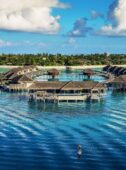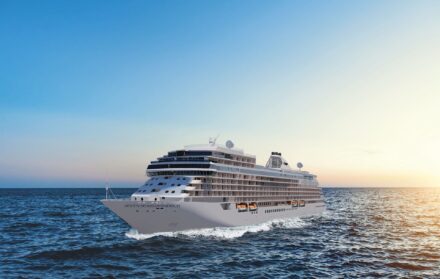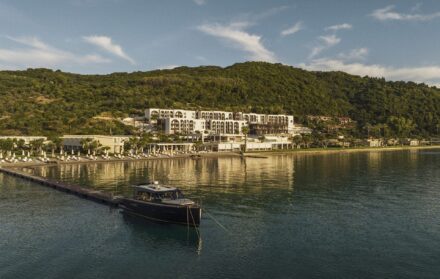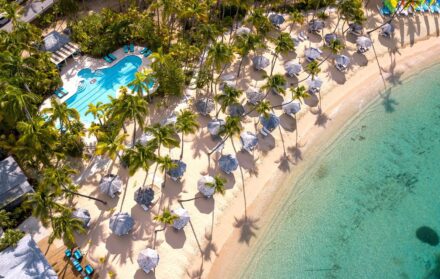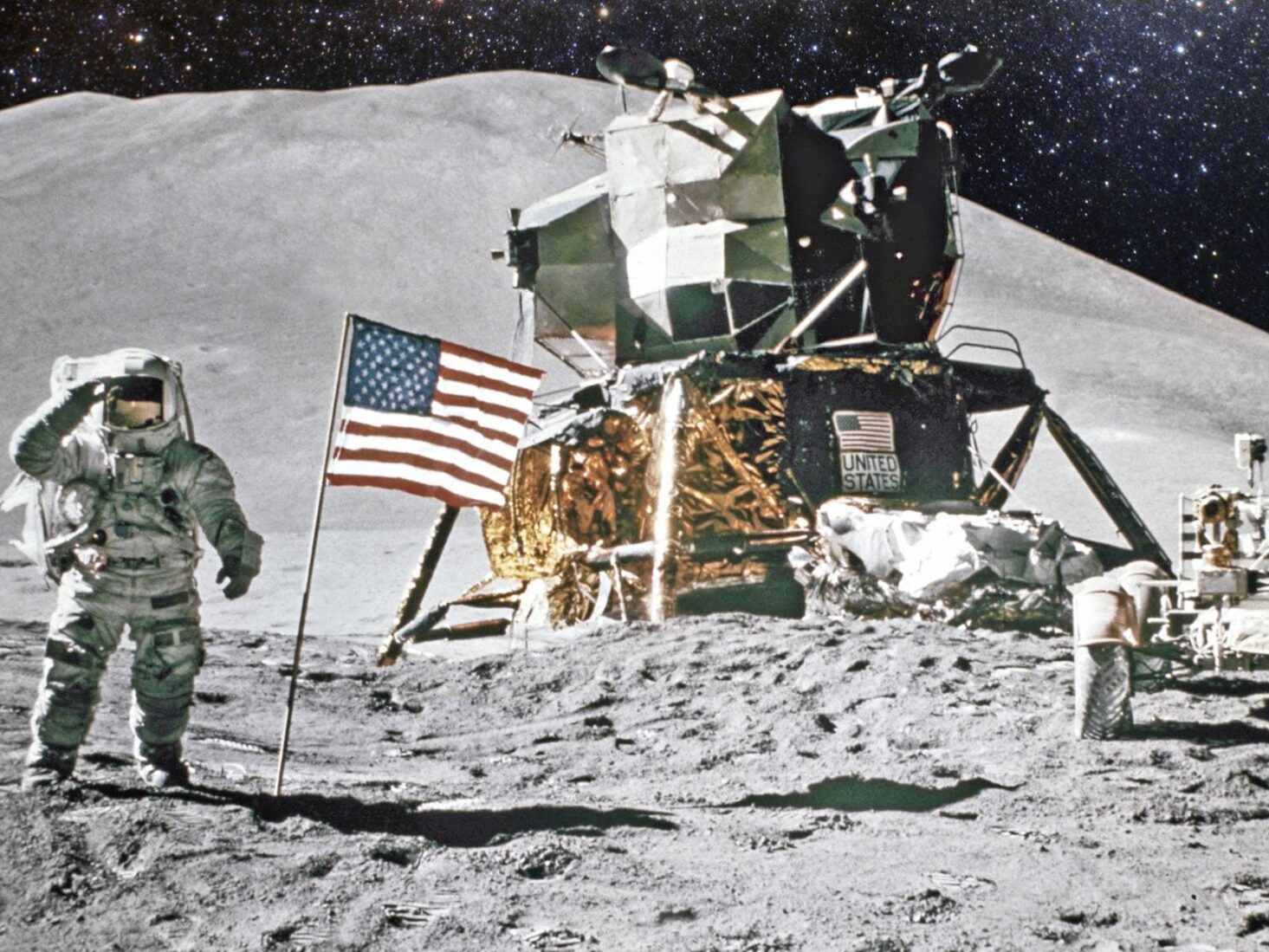
To Infinity and Beyond
When a space shuttle took scientists to a lunar base in the 1968 film 2001: A Space Odyssey, many marvelled not just at the vastness of space, but also at the thrilling potential of passenger travel

Man’s fascination with the universe knows no bounds. It’s as if our brains had been pre-programmed to unravel the mysteries and magnitude of space, pre-destined to explore the depths of our solar system and beyond. Space travel, moon landings, time travel: these amazing concepts fascinated the likes of H.G. Wells with stories such as The Time Machine (1895) and The First Men in the Moon (1900), along with Jules Verne’s prophetic From the Earth to the Moon (1865). These men imagined a future that is now our present.
Warp speed to 1969, a year of milestones in aviation and space exploration. In March that year, the Concorde made its first supersonic flight across the Atlantic, cruising at more than twice the speed of sound. On 20 July, astronauts Neil Armstrong and Buzz Aldrin landed on the moon, the biggest scientific achievement in human history. But what was deemed as “one giant leap for mankind” took huge sprints backwards as a result of government funding cuts and waning public interest in NASA’s space exploration programmes, rendering the 1972 Apollo 17 flight the last mission to the moon. In December that year, US President Richard Nixon put the final nail in the coffin of space exploration by announcing: “This may be the last time in this century that men will walk on the Moon”. Indeed it was.
As we commemorate the 50th anniversary of the first moon landing this year, there is good reason to be excited once again, as private companies, wealthy investors with multi-billion dollar stakes in space tourism and exploration take on the challenge to catapult man back to the moon, then Mars. This rapidly emerging industry referred to as New Space encompasses global aerospace initiatives developing technologies that will provide faster, more efficient and cheaper access to the outer limits of our world. The space race is on once more. All the major players in this race share the same vision of eventually building settlements on the moon and Mars. They all promise a life-changing experience that may be a once-in-a-lifetime journey, or perhaps a one-way ticket to another world. But before you get carried away, it’s important to know what you’re signing up for.
Sub-Orbital Spaceflights
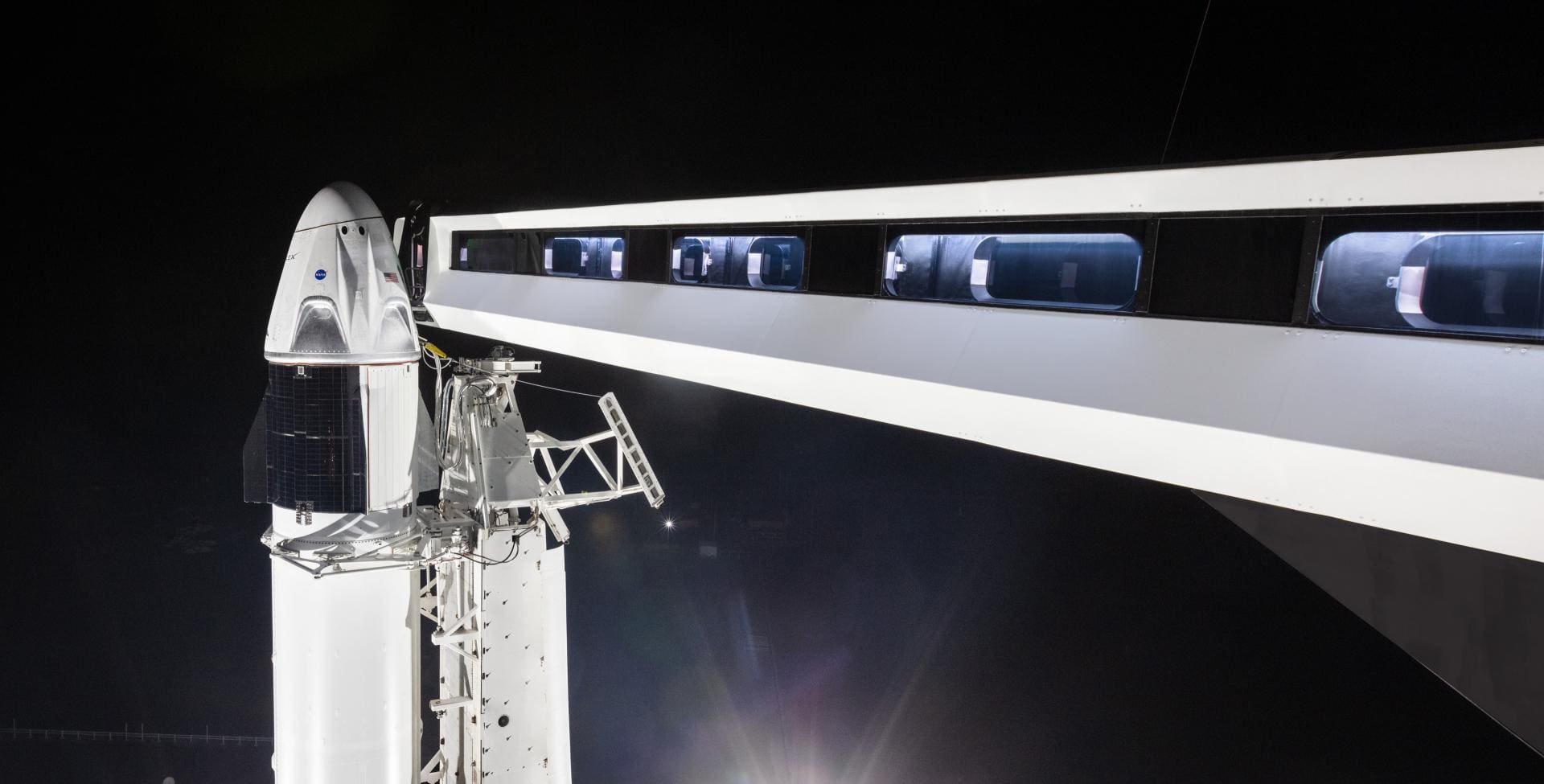
Space tourism, still in its infancy, is taking baby steps. Starting with a sub-orbital flight, the spacecraft needs to be propelled to an altitude of 100km (62 miles) above sea level in order to reach the Kármán line (the border between the earth’s atmosphere and space). At this trajectory, the spacecraft is not capable of orbiting the planet as some might expect. Instead, it will simply fall back to earth. I had the privilege of speaking to retired astronaut, Chris Hadfield, the first Canadian to walk in space. He has taken part in two Space Shuttle missions and served as commander of the International Space Station. He describes what the experience would be like on board a sub-orbital spacecraft.
“A ride on Richard Branson’s Virgin Galactic or [Amazon founder] Jeff Bezos’ Blue Origin sub-orbital rocket is going to be dramatically different than a ride that is established in orbit. You’ll be lying down as you lift off, so the blood won’t drain from your head. You’ll feel as though three people are lying down on top of you. That’s what G-force is – multiples of your own weight. The carrier plane ride takes the better part of an hour, then the spacecraft’s rocket fires and shoots straight up, and you’ll feel weightless for four to six minutes. As the rocket slows down, you’ll start feeling the effects of gravity again, and deceleration will squish your back for another few minutes. If you’re in a Virgin Galactic capsule, you’ll feel like being in a glider as you come back to earth. On Blue Origin, your capsule will land with a parachute.
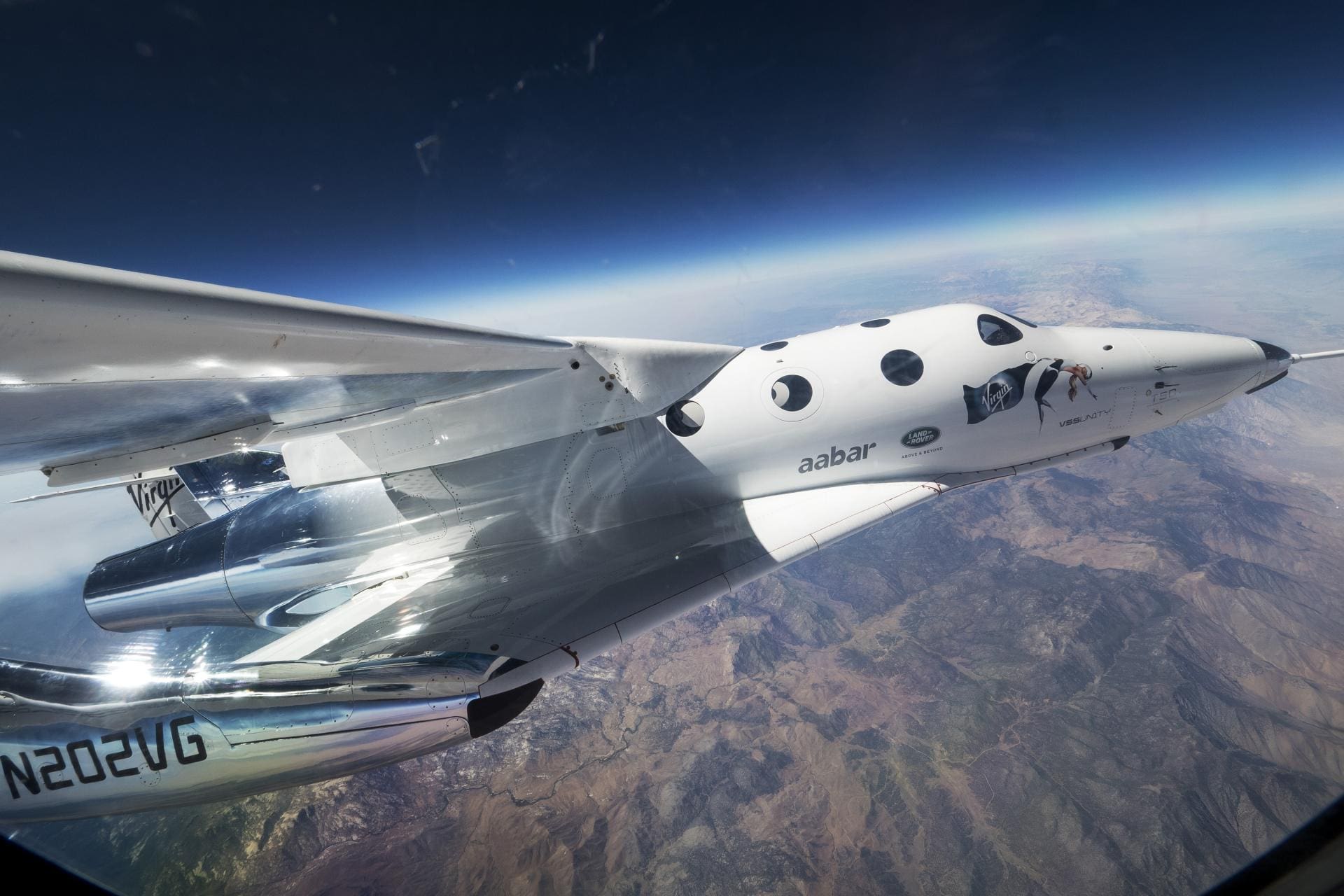
“The three main things you’ll experience are: riding a rocket into space, being weightless for more than 20 seconds at a time (similar to being on a zero-gravity aeroplane), and the view from the window. You are way above the atmosphere, the sky is perfectly black, you can see a thousand miles to the horizon, and you’re high enough to see the curvature of the earth.”
The buzz-word in 21st-century new-age spacecraft technology is ‘reusability’, which will cut down the cost of suborbital spaceflights, and Virgin Galactic is one of several enterprises utilising reusable spacecraft technology. During a successful test flight in December 2018, its VSS Unity WhiteKnightTwo mothership transported SpaceShipTwo to an altitude of 50,000 feet (16km). The spacecraft then rocketed its way to an altitude of 51.4 miles to reach the edge of space, before heading back to earth in less than 15 minutes. The ultimate plan is to take tourists up to an altitude of 110km (360,890ft or 68 miles), and a seat on this thrill ride will set you back $250,000. And this doesn’t include travel insurance, which could be astronomical.
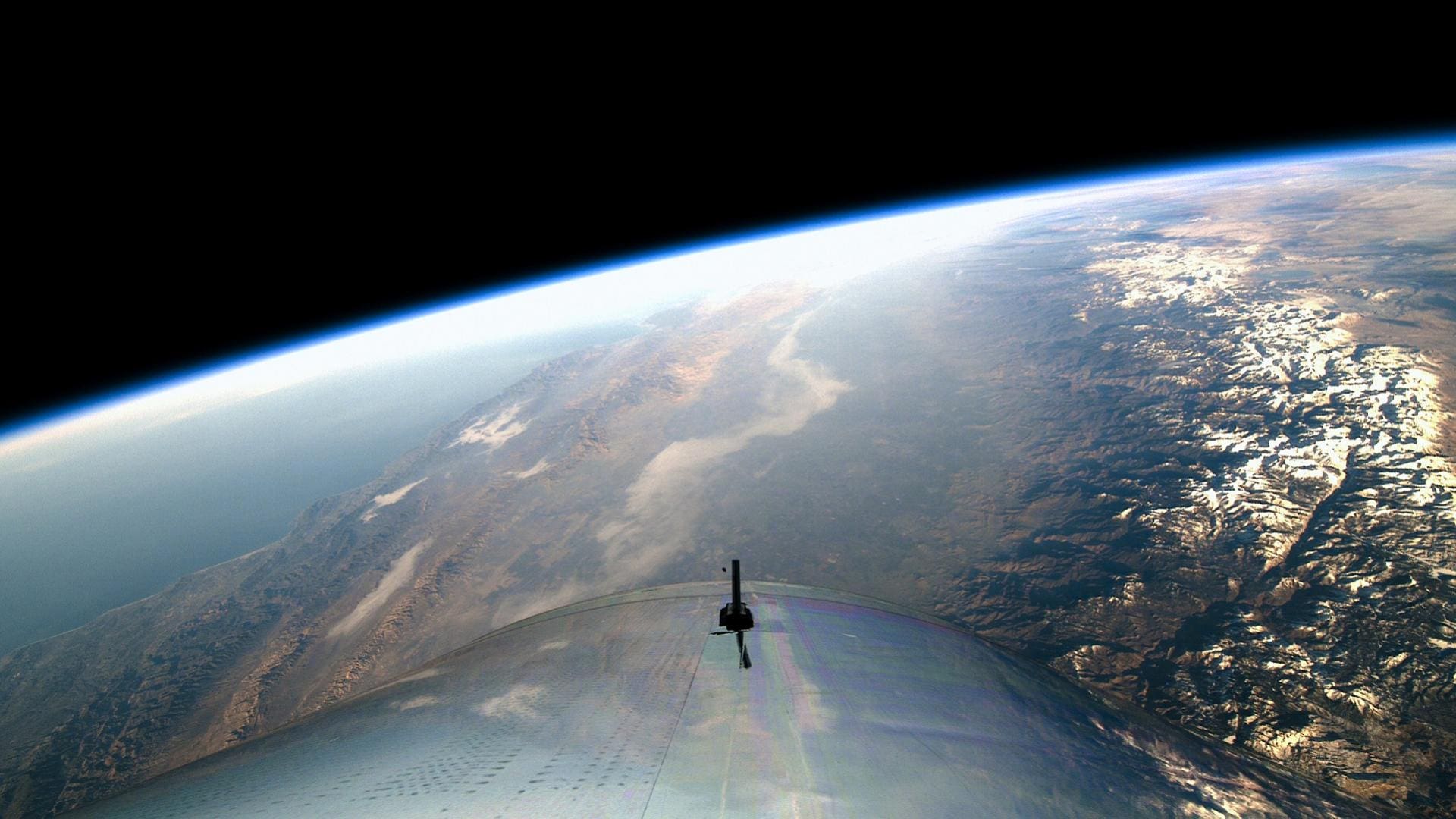
Orbital Spaceflights
Orbital spaceflights are the real game changers. To attain orbital trajectory, a spacecraft has to reach a minimum altitude of roughly 150km (93 miles) to complete at least one full orbit without propulsion. “A rocket has to cruise at 8km a second to stay in orbit,” explains Hadfield. “That’s 28,800km (17,895 mph), which translates to five miles a second, and nearly 25 times the speed of sound.” In comparison, the International Space Station (ISS) orbits the earth at an average altitude of 400km (240 miles).
A major contender for orbital spaceflights is SpaceX, founded by Elon Musk in 2002. In 2012, the brand’s spacecraft Dragon successfully delivered cargo to and from the International Space Station. Launching Dragon with its seven passengers into orbit requires enormous power from Falcon 9, the first orbital-class reusable rocket. SpaceX also has ambitions to build the next generation of fully reusable launch vehicles capable of transporting humans to Mars and beyond. Not to be left behind, Jeff Bezos entered the arena with Blue Origin’s New Glenn spacecraft designed to take paying passengers and payloads into orbit.
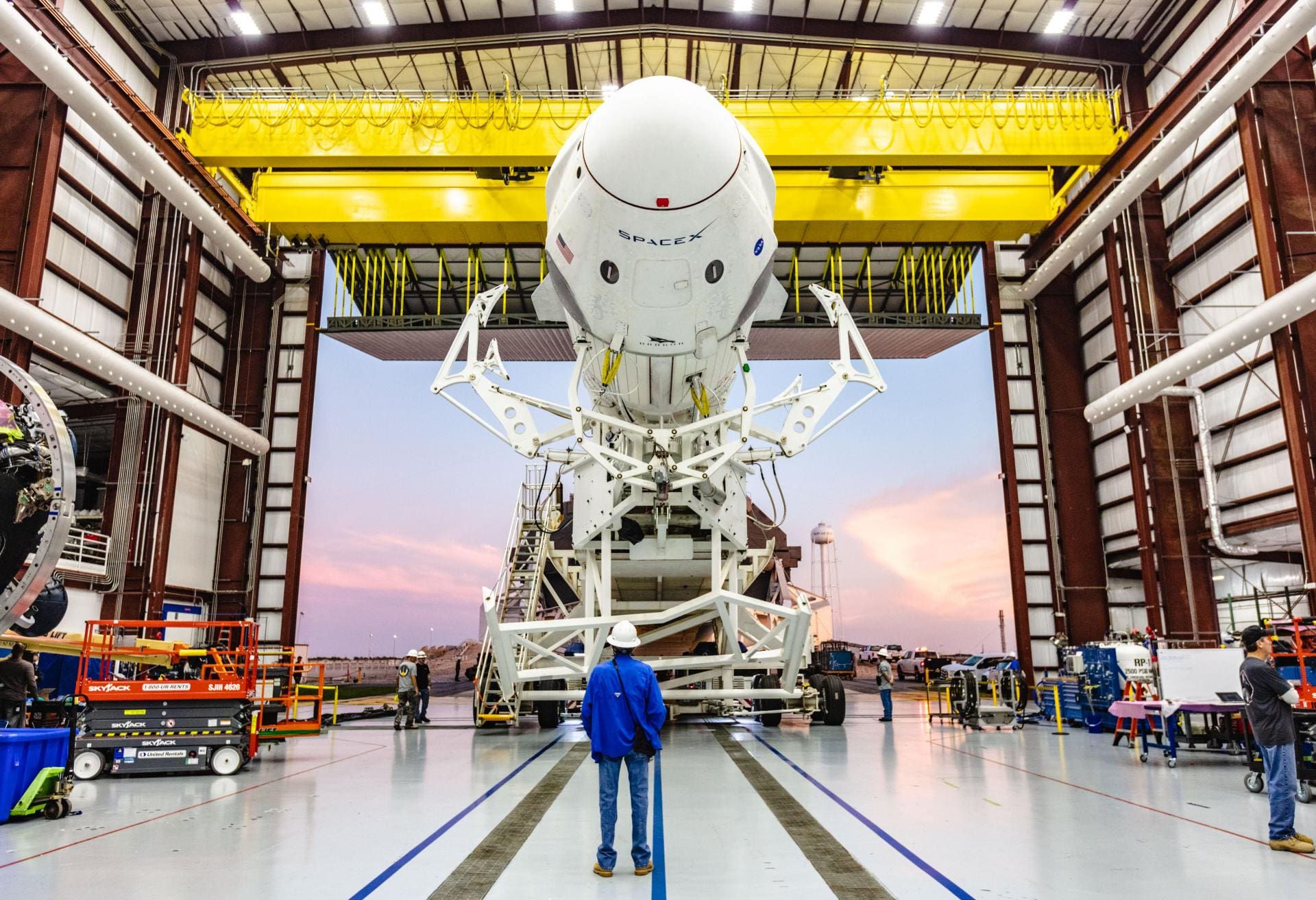
Life in Space
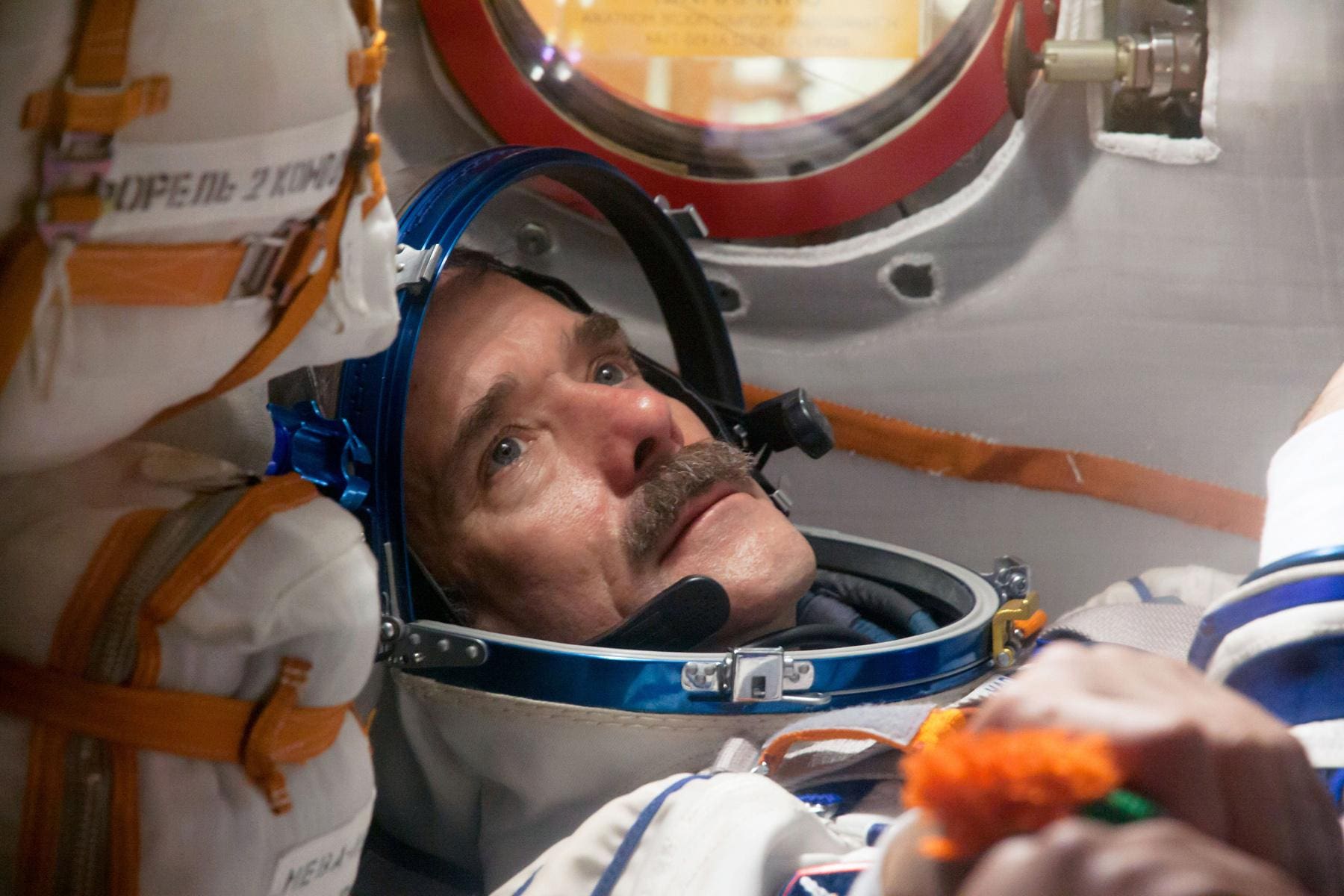
Houston-based Orion Span’s primary mission is to ‘build and sustain human communities in space’, although its more immediate goal is to launch the ‘first luxury hotel in space’, selling the dream of going on board the Aurora Station as though it was a packaged holiday. It plans to launch the Aurora Station in 2021, then take four passengers and two crew up in 2022. A 12-day sojourn will cost each passenger $9.5 million ($750,000 a night). At 200 miles above sea level, the all-inclusive deal comes with weightlessness, a Holodeck VR experience, private ‘suite’ for two people, free WiFi and orbits around the earth every 90 minutes, meaning you’ll get to see a sunrise or sunset every 45 minutes.
Training as an astronaut will be an integral part of the experience, condensing the usual astronaut training programme duration from two years to three months. Apparently, it will be done in stages, comprising online tutorials, followed by in-person training three months prior to take-off. During this crash course, a passenger is expected to learn the ‘basics of space flights, orbital mechanics and the pressurised environments in space’. Passengers who get through the initial training will also have to complete a modular training programme while in space, and those who make it will earn an Orion Span Astronaut Certification (OSAC).
Reality Check
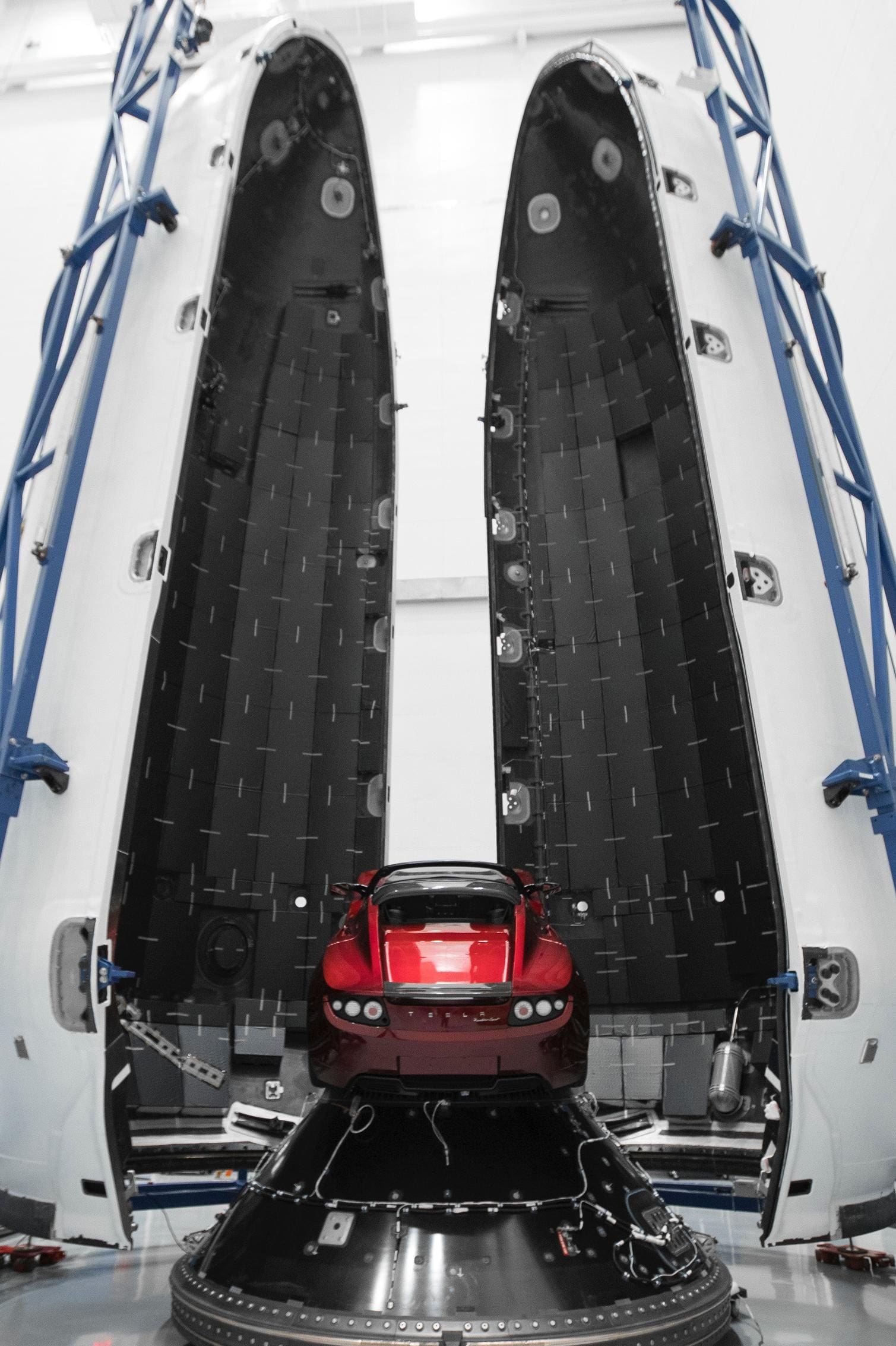
“Is it worth the risk?” I ask Hadfield. He gave a stark warning: “It’s going to be dangerous, especially early on. It’s not perfect and the technology is new – there will be crashes”, he warns. “There is a much higher level of risk involved. This [spacecraft] is a rocket, and if it fails then there is no guarantee your vehicle is going to save you. “When we first started flying the space shuttle, we weren’t wearing spacesuits. And then we had the Challenger disaster.” There have been debates about whether the pressure suits might have saved the lives of some of those on board. “As an astronaut, I want to wear a pressure suit, because if one little valve fails, or one of the windows blows out, if you’re not in a pressure suit, you’re dead. After the Challenger incident, NASA learned its lesson, and since then every astronaut had to wear a pressure suit.”
Virgin Galactic is collaborating with a sports brand to design spacesuits for its passengers and pilots. SpaceX is not taking any chances either, so its custom-made space suits will feature cooling systems, touchscreen-compatible gloves, a flame-resistant outer layer and audio protection during ascent and re-entry, among other things. Safety is at the forefront of everyone’s mind, and despite all the warnings, necessary precautions and potential risks, those who have the funds to boldly go are likely to be rewarded with a truly unforgettable experience.
Houston, We Have a Praline
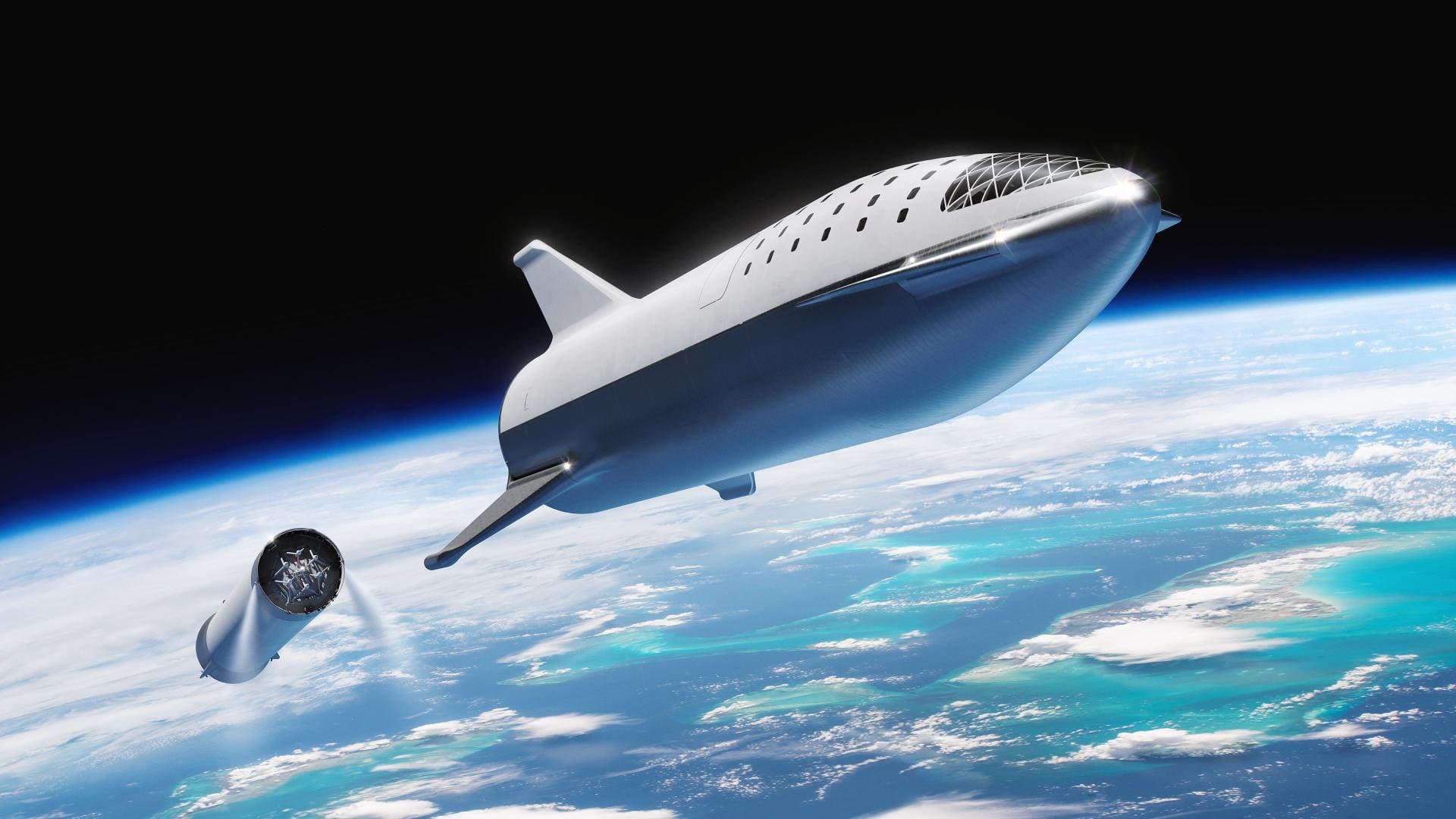
Dining in space has improved since the days when an astronaut’s sustenance came from a toothpaste tube. According to the European Space Agency (ESA), the International Space Station’s menu comprises more than 100 items, and astronauts can choose their daily three-course meal prior to the space flight. A great majority of the food is freeze-dried or dehydrated, and includes fruit, pre-packed meals, frozen vegetables, desserts and dairy. Salt and pepper come in liquid form, although salt is said to accelerate bone loss while in space. Extra Vitamin D is required to compensate for lack of sunlight. Banned foods include bread, alcohol, soda and pizza. Apparently, a person’s sense of taste diminishes in space, and with the absence of pizzas and carbonated drinks, obesity may actually vanish in space. The good news is, tourists spending some time in space will be able to take a few treats. Retired Swiss astronaut Claude Nicollier worked for ESA for almost 30 years, and during that time he took Swiss chocolates with him on space missions. “I took mainly pralines, but the owner made special ones in the shape of space shuttles, Hubble space telescopes and satellites, and delivered them a few days prior to launch, so we always had very fresh chocolates on board,” recalls Nicollier. “It was so much fun and delicious, and I am of the opinion the chocolates contributed to success on my four space missions, because they had such a positive effect on crew wellbeing and morale.”
Earth and Above
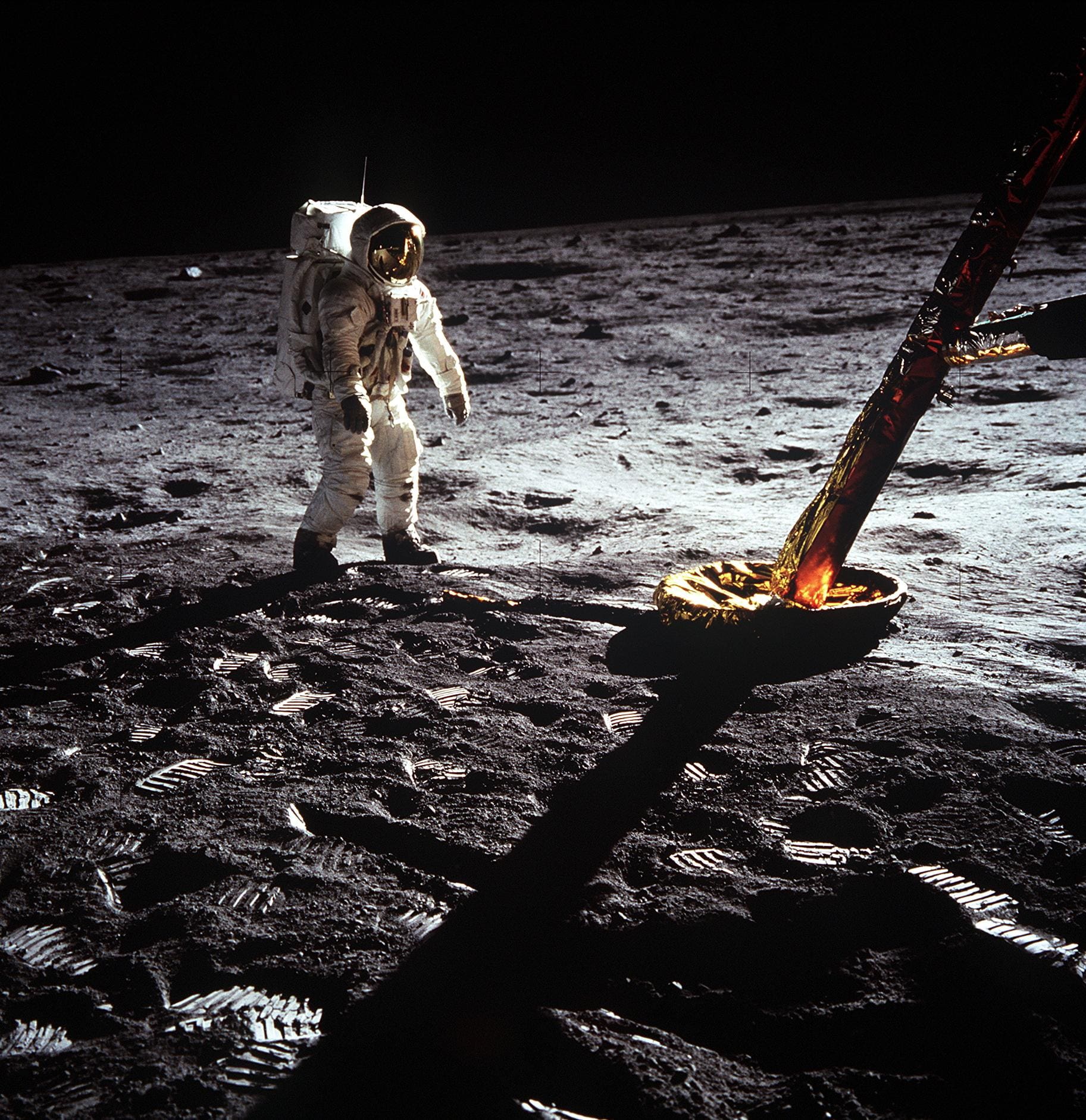
The starting pistol has already been fired, the sprint for space is on – a thrilling prospect that could come with a price. Researchers estimate that as many as 1,000 sub-orbital spaceflights per year will be launched by 2020, which translates to potential emissions of 600 tonnes of black carbon. The effects of climate change are visible from space. And in time, space debris will also increase. So the big question we should be asking is what these space companies are doing to counteract that. Seen from space, planet earth appears to have no borders, territorial segregation, poverty or conflict. If only that were true. “I’ve been around the world 2,600 times and it changes my fundamental philosophy of the sheer nature of the human existence. I think it would be healthy for us to have access to a vantage point where people can have an improved perception of the world”, says Hadfield. Astronauts and scientists working at the International Space Station are looking for solutions not just for space exploration, but for improving and saving lives on earth. There’s no doubt that space tourism is set to be an exciting part of our future. Orbiting the earth and travelling to distant planets will become a reality. And perhaps being able to look down at our own beautiful but fragile planet will prompt us to treat it and the vast space above us with the respect they deserve

